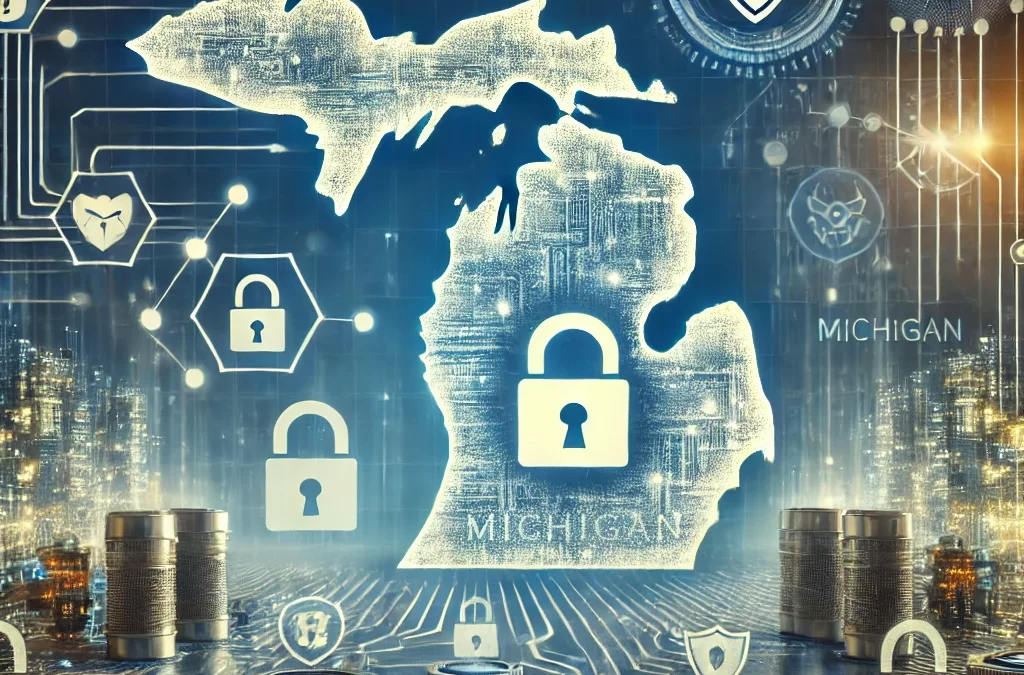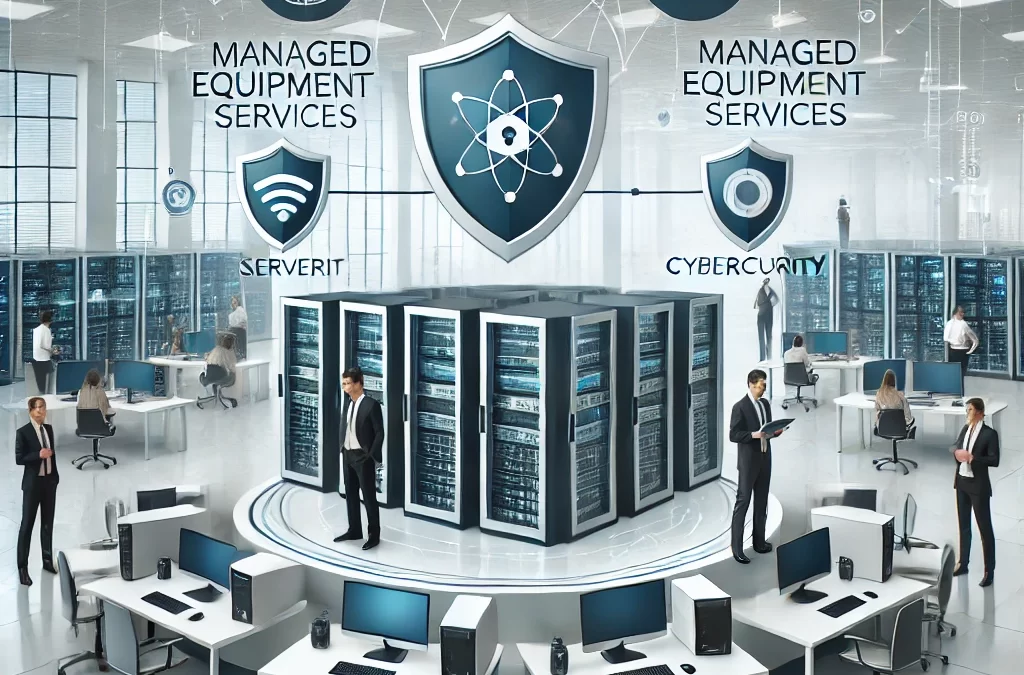Western IT understands that Business IT Services and Business Cybersecurity require varied knowledge and skills. Local Perth...


Western IT understands that Business IT Services and Business Cybersecurity require varied knowledge and skills. Local Perth...

Cybersecurity in Michigan The Importance of Cybersecurity in Michigan. cybersecurity stands as a cornerstone of organizational...

Navigating Cyber Insurance: Mitigating Risks and Maximizing Protection 1. Risk Mitigation through Expertise2. Access to...

Managed Equipment Services Managed Equipment Services. Efficient, reliable, and secure IT infrastructure is paramount. Companies...

IT Recovery Solutions have become crucial to business continuity and data management. As enterprises increasingly rely on...
Cybersecurity is a cornerstone of business integrity. At Western IT Group, we prioritize your digital safety. Let’s explore key strategies for protecting your working PCs from cyberattacks.
Cyber threats range from malware to sophisticated phishing attacks. Recognizing these threats is the first step in robust cyber defence.
Cybersecurity is a dynamic, ongoing process. By integrating these practices, you significantly enhance your Cybersecurity against cyber threats. Remember, proactive measures and continuous education are your best tools in the fight against cybercrime.
Download PDF Cybersecurity and Managed IT Services Understanding What is Cybersecurity? Cybersecurity refers to the...
Western IT understands that Business IT Services and Business Cybersecurity require varied knowledge and skills. Local...
Cybersecurity in Michigan The Importance of Cybersecurity in Michigan. cybersecurity stands as a cornerstone of...